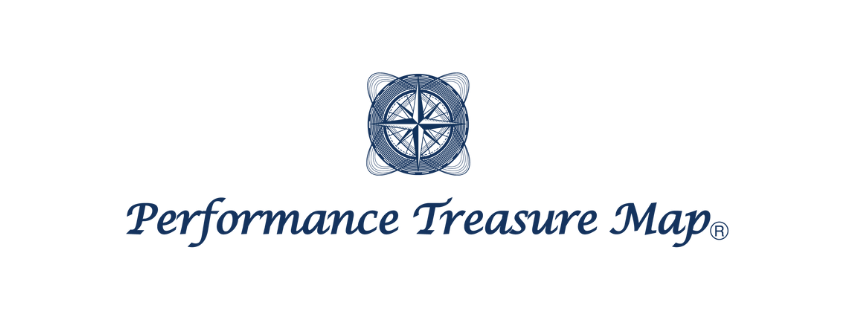I would like to explain the deadlift within the Original K-Map (K-Map). The in-depth analysis of factors and elements, similar to squats, represents one of the characteristics of the Performance Treasure Map: “dedicated focus.”
What is a Deadlift?
The word “deadlift” is made up of the words “dead” and “lift.”

Is it something that’s “deathly hard”? Or are we lifting a corpse?
Hearing this might sound intimidating, but the deadlift is crucial for athletes to develop strength and endurance in the lower body and back muscles!
However, deadlifts can be challenging and pose a risk of injury, especially with heavier weights. Clearly identifying the “treasure” you wish to obtain might lead you to substitute with a different variation.
Not everyone needs to perform high-intensity deadlifts. Nonetheless, deadlifts are the best way to build “usable” strength in the back.
Mark Rippetoe
Types of Deadlifts in the K-Maping
First, look at the conventional deadlift (from the floor).
While this exercise is often perceived negatively due to injury risks, it’s also true that there are worlds you cannot know unless you “lift from the floor.”
To become an extraordinary athlete, we must first understand the foundation (the floor).
Kai MATSUBA

The conventional deadlift is technically challenging, but it encompasses essential elements needed for sports!
In the K-Map, in addition to the conventional deadlift, we explore the sumo deadlift, Romanian deadlift, and single-leg Romanian deadlift.
By understanding the specific abilities required for each exercise, we can deepen our training knowledge.
Components of the Deadlift
The components necessary to perform the deadlift in the K-Map consist of three parts:
Range od Motion
Muscle Function
Technique
We also connect training exercises with a progressive approach (some videos are included).
In this section, I will explain the “conventional deadlift” from the K-Map.
Range of Motion
The key joints’ range of motion emphasized in the conventional deadlift includes:
☑ Normal inhibition of hip extensors for hip flexion range (flexibility
☑ Movement of the spinal joints for thoracic extension range
☑ Normal inhibition of the pectoralis major and upper trapezius for thoracic extension range (flexibility)
To perform the conventional deadlift safely at high intensity, it’s crucial to secure the above ranges of motion and maintain posture without losing form as the repetitions increase.
The K-Map elaborates on the methods (training exercises) to achieve these mobility requirements, showing their connections within the map.
Muscle Function
Key muscle functions include:
☑ Strengthening the hip extensors for hip extension
☑ Isometric contraction of the knee joint to stabilize the knee
☑ Strengthening the scapular retraction and downward rotation muscles for thoracic extension
☑ Strengthening the back muscles to stabilize the core

Creating a posture that allows the hip extensors and back muscles to function optimally is crucial!
Technique
Here are some techniques for the conventional deadlift:
☑ Hip Hinge
It’s essential to learn the motion of hip flexion in a standing position to perform the movement primarily using the hips.
☑ Coordinated Muscle Activation of the Posterior Chain
To handle heavier weights, you need the ability to activate the entire posterior muscle group simultaneously.
☑ Bar Pull-In
To avoid stressing the lower back, you should use the latissimus dorsi to pull the bar toward you.
☑ Pressing the Ground with the entire sole
By distributing weight to the center of the foot, you can press the ground with the entire sole.
☑ Pcking Posture
To maintain proper thoracic extension, it’s necessary to retract and depress the scapulae.

Techniques are often used for cues during the deadlift execution!
Why Perform Deadlifts? What is Needed for Deadlifts?
The conventional deadlift allows for handling heavy weights, which can enhance overall body strength and endurance. However, if there are specific priorities, other exercises might suffice.
The K-Map allows for a deeper exploration of the different types of deadlifts, enabling the following:

This post is also available in ja.



